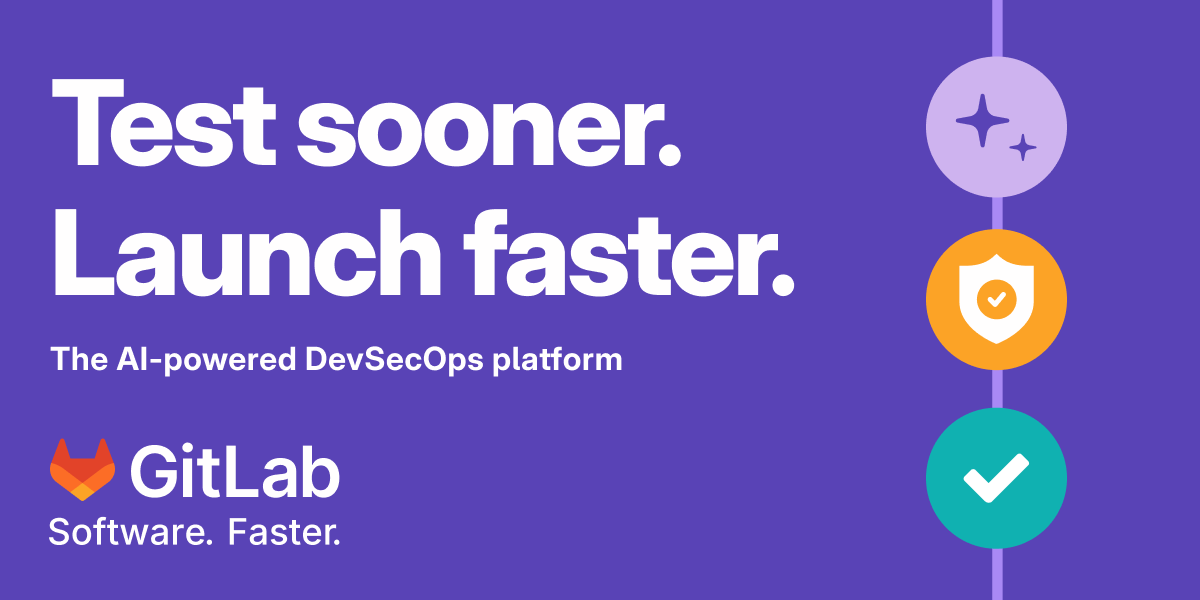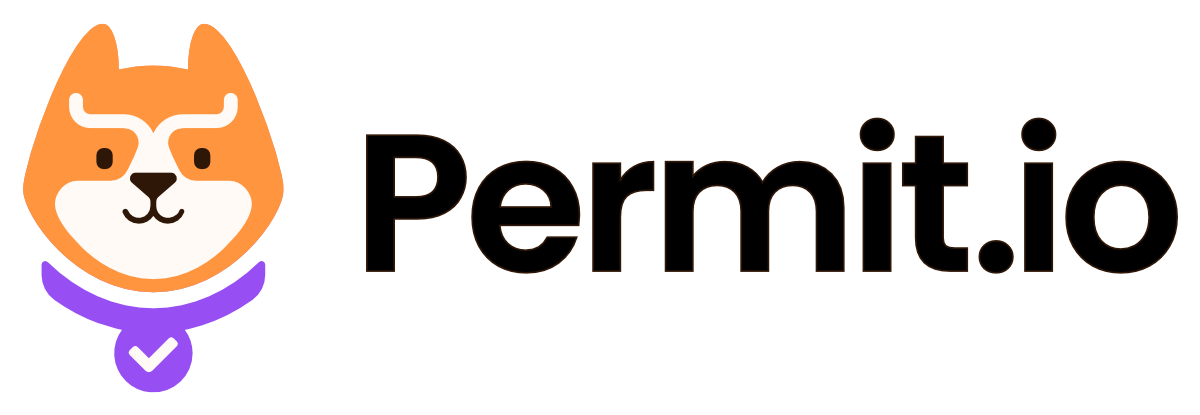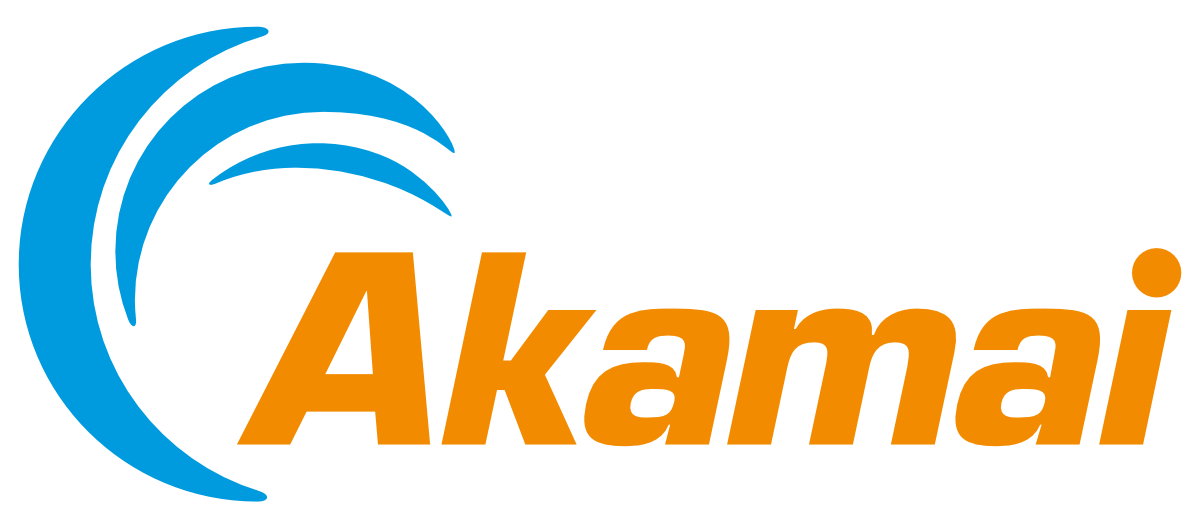VMblog: If you were giving a KubeCon attendee a quick overview of the company, what would you say? How would you describe the company?
Stephen Frassetti: Mirantis' creates strategic open infrastructure. Our customers are typically large organizations with complex tech stacks and generations of workloads - many in regulated industries, operating globally. They run mission-critical workloads everywhere: in on-premises clouds, public clouds, near- and far-edge servers and devices. But because of this - and because of the business models of conventional vendors and cloud providers - they're facing growing challenges with complexity, costs, workload and process lock-in to prescriptive platforms and clouds, and loss of agility, autonomy, control, and independence.
Mirantis helps customers get out of this quagmire and gain freedom to innovate and optimize. We endorse using 100% open source for freedom of choice and self-determination. We endorse using public clouds and other technologies for obvious benefits - but without lock-in and over-investment in one cloud's services and methods over another's. And we see Kubernetes and the CNCF as essential technical enablers for solving real-world problems - like ‘how can we simplify IT?' ‘How can we control costs and risks?' ‘How can we gain business agility?' ‘How can we restore leverage over vendors?'
Kubernetes is the core of the answer. And our whole organization is engineered to utilize Kubernetes and other open source technology work for our particular kind of customer, who needs what we call ‘a single point of visibility and control.' We give them 100% open source, but integrated and validated and packaged by us into enterprise-class solutions. And we stand behind these solutions to guarantee our customers gain business agility, control of costs and risks, and simplified operations.
VMblog: Your company is sponsoring this year's KubeCon + CloudNativeCon event. Can you talk about what that sponsorship looks like?
Frassetti: Mirantis has a 15+ year history with open source - all the way back to early OpenStack, which we still support, along with 40+ other projects to which we contribute. We were early contributors to Kubernetes, too. So we've always attended KubeCon, at varying sponsorship levels. This year, we're a silver sponsor. Mirantis' leadership and our Open Source Program Office, now headed by virtual network pioneer and former CloudScaling founder Randy Bias are here to meet users, of course, and to attend technical presentations and birds-of-a-feather sessions around (obviously) Kubernetes itself, along with many other CNCF ecosystem projects we contribute to and leverage.
VMblog: How can attendees of the event find you? What do you have planned at your booth this year? What type of things will attendees be able to do at your booth?
Frassetti: At Kubecon (booth R22), we're sharing about new products like MKE 4 - enterprise Kubernetes based on our k0s distro. You deploy and operate MKE 4 by applying a template describing a platform - 100% declarative. The platform template includes the base cluster plus blueprints for ops, dev, and business services - like FinOps. MKE 4 will also support KubeVirt in an easy-to-use blueprinted solution we call MKE Virtualization.
We'll also be showing k0s and k0smotron - simple, powerful open source for Kubernetes multi-cluster and ClusterAPI. And Lens (the Kubernetes IDE) - choice of over a million developers. We're working with Ampere to demo k0s on Ampere CPUs running generative AI in what we hope is an interesting and entertaining way. We're doing a killer shirt giveaway and ... well, let's just say there may be Bose headphones involved as well.
VMblog: Have you sponsored KubeCon + CloudNativeCon in the past? If so, what is it about this show that keeps you coming back as a sponsor?
Frassetti: Oh sure. Though now, our sponsorship is ramping up. And that's because the world has caught on to what Kubernetes enables: much simpler management of clouds and infrastructure, a practical converged environment for all the workloads businesses need to host, and a way of thinking about platforms - as composable service suites running on CNCF-certified Kubernetes thin layer - that makes sense for business itself. In our world, a Kubernetes platform packages the open source you need to enable your business use-cases. Kubernetes itself provides an abstraction layer that can make workloads and platforms portable. And our job is to make this open source and make it simple. That's exciting - we're all very glad to be here and part of this community.
VMblog: What do you attribute to the success and growth of this industry?
Frassetti: Maturation and standardization. CNCF certified Kubernetes and ClusterAPI now let Kubernetes be ‘the cloud.' And this is incredibly powerful. You can use all the cloud services you like, including cloud Kubernetes. And then you use the Kubernetes API to ask Kubernetes to allocate compute, storage, network, specific hardware like GPUs, and so on to your workloads. It simplifies everything you do with IT, geometrically. It lets you focus on optimizing platforms and automation around your use-cases - not adapting to this cloud or that platform's limits, requirements, or ways of working.
VMblog: Do you have any speaking sessions during the event? If so, can you give us the details?
Frassetti: We don't! Our engineering teams have been building the next generation of Mirantis solutions and didn't have a lot of time earlier this year to develop speaking proposals. But we expect to be participating a lot more in the conference and sub-events. Our OSPO is tasked with making real contributions to partner projects, so we'll have lots of Kubernetes and CNCF ecosystem stuff to talk about.
VMblog: What are you personally most interested in seeing or learning at KubeCon + CloudNativeCon?
Frassetti: I want to see how organizations are orienting to turn Kubernetes and the Kubernetes API into (what we think is) the obvious plug-in point for hosting AI and making AI available to both the business at large, and to IT. This has the potential to be the next cross-industry technical disruption. We're excited that the world seems to agree that Kubernetes is essential to making AI happen manageably, safely, and cost-effectively.
VMblog: What kind of message will an attendee hear from you this year? What will they take back to help sell their management team and decision makers?
Frassetti: We want to make life easier for platform engineers, operators, developers, and specialists like DevSecOps and Compliance Engineering, by changing how organizations use Kubernetes. Our products - all open source - leverage Kubernetes-native declarative automation (and now ClusterAPI) to manage Kubernetes platforms and the clouds and infrastructures they run on - so we're agnostically treating CNCF-certified Kubernetes as ‘Linux for clouds,' basically.
We think Kubernetes multi-cluster is a great way to simplify IT and make platform engineering easier and more effective - instead of big, complicated, hard-to-secure and manage clusters, you move to smaller, simpler, more use-case-optimized platforms. So we're working to enable this kind of platform thinking: making open source components composable and validating them, so users get flexibility with guardrails.
We're working with ecosystem peers like KubeVirt to help make Kubernetes a converged platform for all workloads. And we're partnering with ecosystem projects like KubeCost and OPA so that platforms deliver with business essentials like cost analytics, security, and compliance management on whatever CNCF Kubernetes is most efficient - on premises, at the edge, or from a cloud provider.
What we want to talk to technologists about is open source solutions that combine all these elements to deliver business agility, cost and risk management, and freedom of choice. And of course, we want to explain how Mirantis adds value: as a provider of validated, hardened, secure, composable open source components, enterprise solutions built up from them, and professional services to close skills and time-gaps, so that solutions can be fielded quickly and deliver ROI.
VMblog: Can you double click on your company's technologies? And talk about the types of problems you solve for a KubeCon + CloudNativeCon attendee.
Frassetti: Starting at the bottom, we make a CNCF-certified Kubernetes distro called k0s, which runs performantly on any contemporary CPU down to as little as 1 (v)CPU and 0.5GB RAM, delivers as a single binary with its own node-local CLI, and has zero dependencies beyond a contemporary Linux kernel. So k0s is simple to install, simple to automate around, and runs anywhere - in datacenters tested to 5000 nodes or out at the far edge on IoT devices. k0s has controller/worker separation and uses Konnectivity, so it supports hybrid, distributed and other footprints ‘out of box.'
k0s gets leaned on by k0smotron - another open source project we founded - which is a ClusterAPI Kubernetes lifecycle manager. k0smotron can run on any CNCF Kubernetes and lets you turn it into a multi-cluster manager for any collection of clouds or infrastructures - it builds and manages whole clusters, control planes, and/or workers. And k0smotron can also set up and lifecycle manage virtual control planes in pods - giving you more options for keeping control planes safe and running, and more options for doing interesting things like Kubernetes-as-a-service across cloud and bare metal environments.
MKE 4, our latest ‘enterprise Kubernetes,' recruits k0s and its flexibility and security, along with some of the Kubernetes-native declarative configuration things that are north stars for k0s and k0smotron. And MKE 4 uses these to provide fully open source, but ‘enterprise ready' Kubernetes, in an opinionated but also truly flexible base configuration that's template-driven, has Mirantis operators onboard to police state and prevent configuration drift, and lets users easily consume, deploy, and manage add ons like MKE Virtualization (KubeVirt) and OPA and LMA, so you can end up with highly-functional, declaratively managed, complete business platforms administered from a single point of control, instead of complex platform engineering puzzles and bespoke manual changes everywhere.
At KubeCon, we'd love to talk with anyone looking to use Kubernetes better. But especially with technologists who understand Kubernetes as a sort of ‘Linux for clouds and infrastructures.' We want to ask how they'd use composable open source components and use-case-optimized platforms and declarative state management to simplify their lives, and give their organizations business agility, control of costs and complexity, and simplified operations.
VMblog: While thinking about your company's solutions, can you give readers a few examples of how your offerings are unique? What are your differentiators? What sets you apart from the competition?
Frassetti: Mirantis serves customers who want great control over how they use technology. We're kind of an ‘un-vendor' - our solutions are pure open source, and we've matured processes to version-manage, integrate, harden, secure, validate, and package this technology so that enterprises can use it safely and with confidence. We strongly believe that Kubernetes is the go-forward platform for basically everything, and that we can use it to radically simplify all the things organizations need from tech: a way of moving beyond infrastructure to workload and use-case-optimized platforms that serve business and technical needs. A way of moving beyond individual clouds and stacks to using Kubernetes as the cloud. And so a way of technically limiting lock-in while leaving users free to consume the clouds and services they want - and ultimately reclaim leverage from all vendors.
VMblog: Where does your company fit within the container, cloud, Kubernetes ecosystem?
Frassetti: We are, I think, the only independent among the major vendors and providers of cloud and Kubernetes solutions - at least, according to analysts like Gartner and Omdia, who rank us as Challenger and Leader respectively. We don't have an OS to promote or a prescriptive stack or cloud to lock in users and their workloads. Instead, as noted above, we're the ‘un-vendor' - we have a lot of expertise in how to use Kubernetes and other open source, we sponsor many of our own projects and partner projects strategically. And the way we hold onto customers is by unblocking how they use these technologies. Worth noting too - because our solutions are 100% real open source, they don't stop working if you fire us. So we're strongly incentivized to deliver the business agility, cost and risk management, and simplified operations our customers want.
VMblog: KubeCon + CloudNativeCon is typically a great venue for a company to launch a new product or an update to an existing product. Will your company be announcing anything new? If so, can you give us a sneak preview?
Frassetti: We're excited to bring and demo MKE 4 at Kubecon. This is our latest ‘enterprise Kubernetes' - MKE 4 recruits k0s and its flexibility and security, along with some of the Kubernetes-native declarative configuration things that are north stars for k0s and k0smotron. MKE 4 uses these to provide fully open source, but ‘enterprise ready' Kubernetes, in an opinionated but also truly flexible base configuration that's template-driven, has Mirantis operators onboard to police state and prevent configuration drift, and lets users easily consume, deploy, and manage add ons like MKE Virtualization (KubeVirt) and OPA and LMA. They point is to help users compose highly-functional, declaratively and automatically managed, use-case-and-business-optimized platforms administered from a single point of control - replacing complex platform engineering puzzles and bespoke manual changes everywhere.
MKE Virtualization is actually our second use of Kubernetes as a platform for VM hosting. We've had Mirantis OpenStack for Kubernetes for years, providing customers a full featured IaaS. But we're excited about enhancing Kubernetes to enter the picture as a converged platform that can accommodate VMs and containers under a single automation and ops framework. We think it will be important in server rooms, at remote sites, in manufacturing - where it can unblock organizations from doing forward development with containers at the same time as it hosts existing critical VMs. KubeVirt even, in principle, may end up being a good environment for gradually refactoring monoliths and modernizing applications. This is because K8s is a standardized, fully modern ‘cloud environment,' and because hosting VMs on Kubernetes can be significantly less costly than, for example, keeping them on VMware.
VMblog: With regard to containers and Kubernetes, is there anything holding it back from a wider distribution? If so, what is it? And how do we overcome it?
Frassetti: Kubernetes is evolving and maturing insanely fast. What's holding it back isn't Kubernetes - it's vendor (and of course, customer) reluctance to support the principle that open source, CNCF-certified Kubernetes is enough, and that we've reached the end of the viability arc for the old view that ‘Kubernetes isn't a solution, it's a platform for building solutions.'
A lot of vendors, for years, have exploited that idea: that Kubernetes is incomplete and too complex for mere mortals. That you need our PaaS or our special automation or our cloud to make it business-viable and workload-welcoming and developer-friendly. And it's no longer true. PaaS is an open source service that runs on Kubernetes. As is serverless and VM orchestration on hypervisors. You don't need the special, costly stuff that claims to tame Kubernetes and makes it usable by mortals.
All you need is a process and a thin layer of open source tech that makes all this stuff composable and secure and resilient and stops it from being a science project. But conventional vendors and clouds are not stepping up to provide this: they can't. Their business models depend on wrapping Kubernetes up in proprietary UX and prescriptive configurations that make customers think: "Oh, they're making it easy," when the reality is more like "easy and cheap for them to support, inflexible and costly for you."
So this is why Mirantis exists. We contribute to Kubernetes and ClusterAPI and many other CNCF projects upstream, make all that pure open source composable, harden and secure it, package it in feature-rich, easy to use releases of enterprise-ready solutions, and help our customers leverage it - so they can have the freedom of choice and control they need, along with business agility, simplified operations, and significantly reduced risks.
VMblog: Are companies going all in for the cloud? Or do you see a return back to on-premises? Are there roadblocks in place keeping companies from going all cloud? And if so, what are they, and how do they address that challenge?
Frassetti: We're seeing everything - companies trying to go all-in on public cloud, or repatriating to the premises. What we're not seeing, yet, is big changes in how public clouds and on-premises solution vendors deliver value. So customers who go all-in, one way or the other, trade freedom for the appearance of simplification. You have a webUI, you have an API, you have a vast array of services - hot dog! And in a little while, you've done a ton of ops automation development against proprietary APIs, your workloads are locked in, and you have zero leverage or agility to move.
We think the solution is to rethink how organizations consume all kinds of clouds and infrastructures, by using standard Kubernetes as an abstraction plane for ‘cloud,' and composing open source platforms on top to host workloads and serve business imperatives. We think that if you do this, your patterns of consumption will change: your business value is in that open source platform and your workloads, and it's portable - fundamentally separate from the clouds and infrastructures it can run on. And then you can use Kubernetes, ClusterAPI and other technologies to recruit the services you want to use from platforms and clouds (and in our world, this includes CNCF-certified cloud provider Kubernetes, for example), but stay agile and free to move if there's business reason to do so.
The interesting thing is that this isn't about ‘commoditizing clouds' at all. In many ways, this makes public cloud services (including AI) a lot easier to consume at scale, and also eliminates some of the uncertainly about cost-prediction in public cloud environments: much of which is caused by unmanaged complexity.
VMblog: The keynote stage will be covering a number of big topics, but what big changes or trends does your company see taking shape for 2025?
Frassetti: We see a number of trends moving together - they're all really one thing. The first is centralized declarative management of multi-cluster Kubernetes, using ClusterAPI. That provides a single point of visibility and control over diverse global platforms and their host clouds and infrastructures. Then we see Kubernetes gradually becoming a converged platform for every kind of workload - containers, VMs, micro VMs, serverless containers, FaaS, WASM workloads, as well as composite workloads. Basically, Kubernetes is becoming ‘the cloud.' What comes from this is massive agility through simplification and standardization, which is exactly what's required to make the next huge leap to AI-optimized business, and of course, to AI-optimized IT.
VMblog: Are you giving away any prizes at your booth or participating in any prize giveaways?
Frassetti: I'm told we're giving away a bunch of really gorgeous collectible tees, designed by our peerless Art Director Dave Stoltenberg. And also some Bose headphones, winners of which will be selected from among people who have registered at the booth. If someone wears their shirt back to our booth, they'll get additional chances to win one of the Bose sets.
VMblog: Is your company sponsoring any type of party or get together during the event that you'd like to notify attendees about?
Frassetti: We're co-hosting a party with Replicated on Nov 14 from 6-9pm. Replicated makes cool stuff, including Support Bundle and TroubleShoot, which work beautifully with k0s to make Kubernetes support easy and help you dry-run operations. Please come to our booth (R22) to register and get an invitation! We'll have an open bar, buffet-style dinner, giveaways, and a caricaturist to capture the magnificent uniqueness of your face. It'll be a good, chill time.
VMblog: Do you have any advice for attendees of the show?
Frassetti: Yes. Install the app to help plan your time and make connections. Read and embrace the code of conduct. Pick up badge clips and tags to state your pronouns, the languages you speak, your preferences for greeting and other details so that we can all be polite, respectful, welcoming, and learn from each other. Remember to hydrate. Mask as you prefer. We're looking forward to meeting you!


















